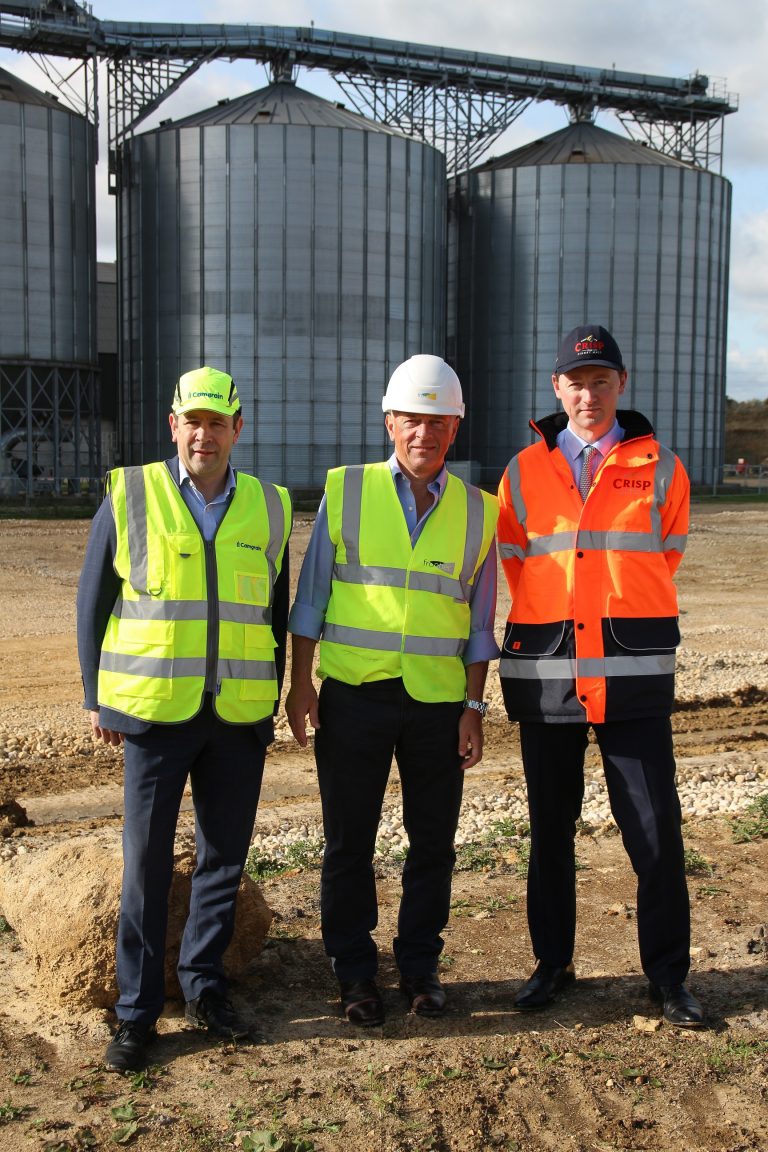Sills & Betteridge LLP has started its new financial year on a high with four promotions. The firm’s leadership development programme recognises the talent and dedication of its people; those who have demonstrated loyalty and commitment, shown a flair for managerial responsibilities and assisted with the development of the firm. This year’s appointments were again drawn from a range of practices. Lincoln-based family lawyer Jessica Firth-Brown has been promoted to partner. Jess joined Sills & Betteridge in 2012 later qualifying with the firm and becoming a highly skilled child law solicitor. Alan Rousseau, a residential property executive specialising in new-build conveyancing in Gainsborough and Katherine Wenham a wills, trusts & probate executive in Lincoln were given associateship. The firm also recognised the contribution made by an employee in a non-legal role, making its head of marketing, Jennifer Lowe an associate. Chief Executive Martyn Hall said: “Progressing to partner or associate is a reflection of many years of hard work. Each of our four new partners and associates joined the firm over 10 years ago, some at the very start of their careers. I am delighted that they have reached these career milestones and look forward to them continuing to play major roles in our future success.” The promotions mark the start of another exciting year for the firm as it looks forward to further development of its newly acquired offices and the imminent relocation of its Thorne team to larger premises on Fieldside in September.
Simply UK acquires six care homes in Nottinghamshire and Yorkshire
Office layouts: which is best?
People are our greatest asset, is it just rhetoric or is there real value in this statement? By James Pinchbeck, partner at Streets Chartered Accountants
Innovative council office move gets green light
Nominations close in August – make your entries for the East Midlands Bricks Awards 2022 now!
- Most active estate agent
- Commercial development of the year
- Responsible business of the year
- Residential development of the year
- Developer of the year
- Deal of the year
- Architects of the year
- Excellence in design
- Sustainable development of the year
- Contractor of the year
- Overall winner (this award cannot be entered, the winner will be selected from those nominated)
Book your tickets now
Tickets can now be booked for the East Midlands Bricks Awards 2022 – click here to secure yours. The special awards event will be held on 15 September 2022 in the Derek Randall Suite at the Trent Bridge County Cricket Club from 4:30pm – 7:30pm. The occasion will also welcome award-winning mind reader, magician, and professional mentalist Looch, who will bewilder and astonish guests during the evening’s networking. Dress code is standard business attire.











To be held at:

“Solid start to 2022” for Team17
New Chief Executive for Nottinghamshire County Council
Cost of living crisis hitting East Midlands cities harder than in the South
- Increase benefits to bring them in line with inflation;
- Reintroduce the £20 uplift for Universal Credit for the 5.9 million people currently on benefits;
- Provide those living in homes below EPC band C with a one-off payment to help them face soaring energy bills.












